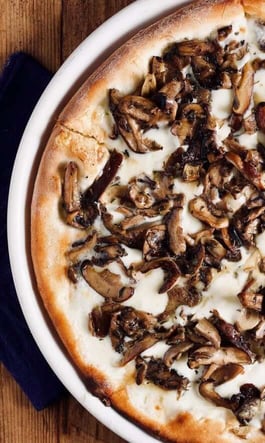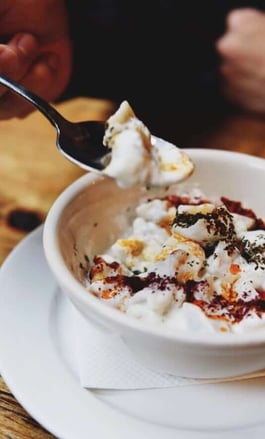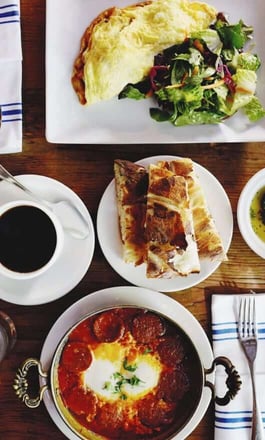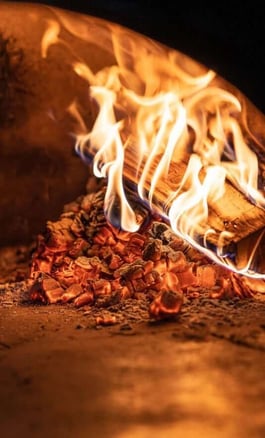The Turkish Meal: Unique, Homestyle and Hearty For All
It should come as no surprise that when a country is positioned perfectly between Asia, Europe and the Mediterranean Sea, its culinary dishes are one exciting eating experience.
Such is the reason Turkish cuisine should be at the top of your culinary radar. A reflection of its rich and diverse history, Turkish meals offer the palette a blend of savory, sweet and spice across a range of traditional spreads. From sampler mezze platters and hearty dolmas to skewered kebabs and honeyed baklavas, you simply won’t be able to forget your next Turkish meal.
Etiquette
Turkish hospitality is infamous for its informal and social atmosphere. Traditional meals take place with family and guests seated either around a low table or arranged cushions on the floor. Food is laid before the party on long, round trays, with every dish passed, scooped and shared between. Modern Turks normally do not sit on the floor but many customs remain.
A typical Turkish meal will come in three courses: the appetizer, the main entree and the dessert (followed without exception by Turkish coffee and tea). And while the food is generous and sometimes even excessive, it’s genuinely ill-advised to refuse helpings. Other dining etiquette calls for removing one’s shoes at the doorway and bringing a small gift for the host as a token of thanks and good will.
Appetizers
The range and scale of Turkish appetizers may initially strike a guest as a meal in itself. Indeed, even modern Turkish spreads begin with some version of a mezze, a series of sampler plates comprised of various snacks and finger foods.
Common mezze dishes include manti (Turkish dumplings), köfte (fried meatballs), sausages, olives, pita breads, hummus, pickled veggies, halloumi cheeses and marinated peppers. Homeade corbalar, or soup, is another pre-entree favorite.
 Main Courses
Main Courses
By the time the main course is brought to the fold, a Turkish meal will be in full swing. Entree staples will vary depending on Turkish region, but you can find consistencies in delicious dolmas, fish platters and tender, juicy kebabs.
Dolmas consist of rice-and-meat-stuff veggies like eggplant, peppers, grape leaves or tomatoes served steaming hot and garnished with yogurt. Given its geography, fish is plentiful in Turkey and is most commonly prepared buğulama (poached with lemon and parsley) or pilâki style (baked in veggies and onions in an oven). And for the meat lover, grilled or skewered lamb and chicken kebabs are ever popular.
Desserts
Pistachio, almond and walnut baklava are renowned classics, with light, buttery layers and nutty tones. Other Turkish desserts include rice pudding like muhallabi topped with cinnamon and powered sugar or even a baked honey coating.
Yet the real sweet tooth might partake in lokum – otherwise known as Turkish delight – confections of sugary cubed gel in flavors like lemon, date, hazelnut, rosewater and orange.
Beverages
What better way to cap off a filling meal than with a glass of steaming Turkish coffee? World famous for its strong black grounds and added spices, Turkish coffee actually refers to the finely powdered method of preparation and not the recipe itself – a common misconception. Yet no matter your knowledge, the bold flavors are a great way to round out any Turkish feast.
Teas are also incredibly prevalent in Turkey. Caykur black tea is the brew of choice and will be offered as a sign of friendship and hospitality almost universally, as called for by Turkish custom.
And who wouldn’t feel like a friend – albeit a very full one – after such a delicious meal?






